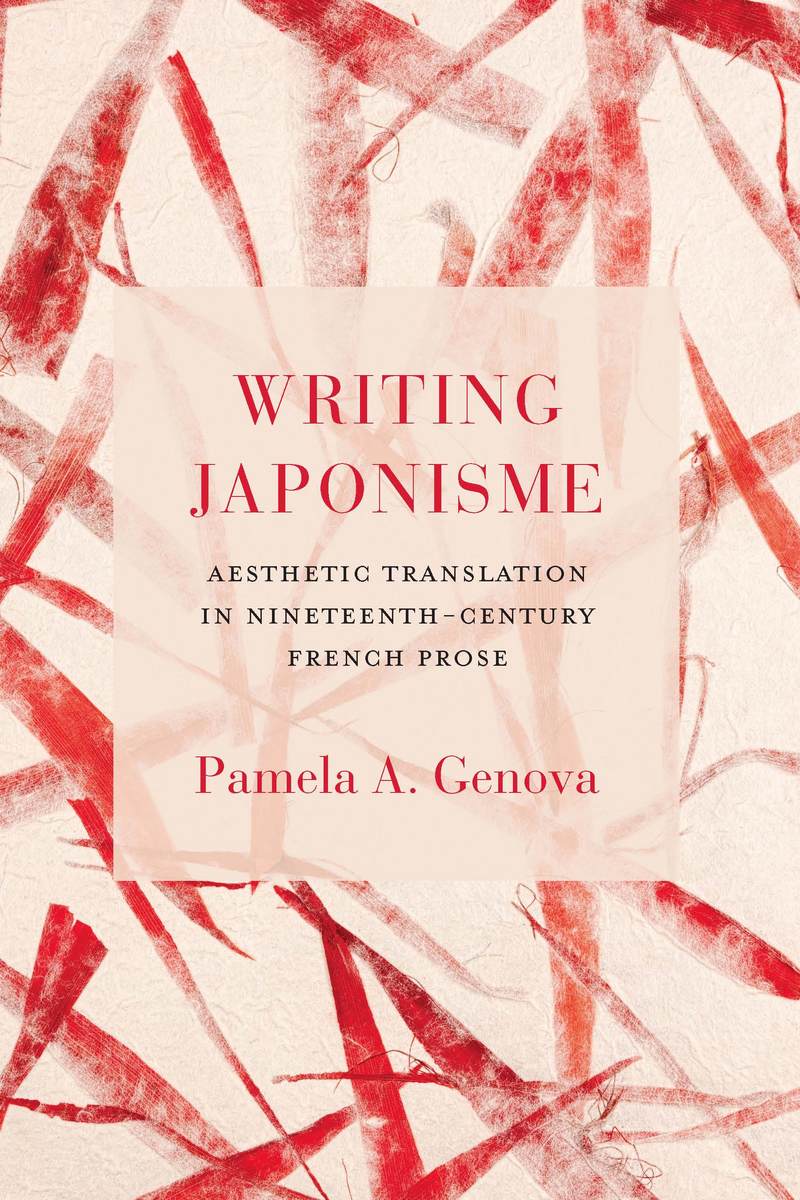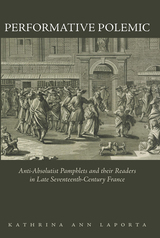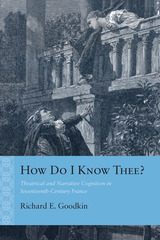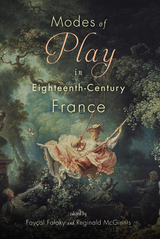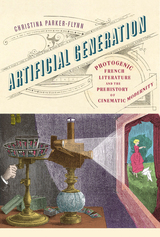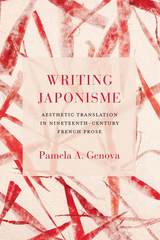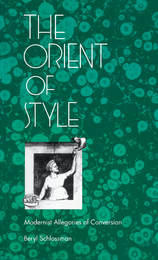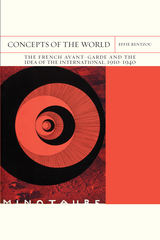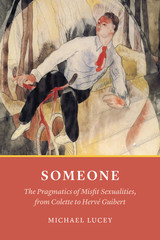Writing Japonisme: Aesthetic Translation in Nineteenth-Century French Prose
Northwestern University Press, 2016
Paper: 978-0-8101-3219-1 | eISBN: 978-0-8101-3220-7 | Cloth: 978-0-8101-3221-4
Library of Congress Classification PQ295.J36G46 2016
Dewey Decimal Classification 843.809
Paper: 978-0-8101-3219-1 | eISBN: 978-0-8101-3220-7 | Cloth: 978-0-8101-3221-4
Library of Congress Classification PQ295.J36G46 2016
Dewey Decimal Classification 843.809
ABOUT THIS BOOK | TOC | REQUEST ACCESSIBLE FILE
ABOUT THIS BOOK
In her book, Pamela Genova suggests that as critics move in general from a literal to a more metaphoric understanding and presentation of Japonisme, the mutability of the phenomenon is highlighted in a rich and illuminating manner. By exploring the conditions of the creation of these works, accenting the original aims of the artists, the manipulations carried out by art dealers, gallery owners, and boutique managers, as well as the gestures of explanation, interpretation, and judgment offered by the professional and amateur critics, Japonisme takes on an even more versatile nature. Further, a complex web of correspondence germinates among these artists—both French and Japanese—and their many critics. It is in this light that the truly rich character of Japonisme comes forth, since the undesirability, even the impossibility of the attempt to reduce it to a single genre, style, era, or cultural cadre attests to its elusiveness and its Protean nature. Japonisme does not correspond to a single dictionary definition, no matter how subtle or self-aware that definition might be. By situating the dynamics of Japonisme as a response on the part of French culture to the culture of Japan, we gain a keener sense of the multiplicity of modern French sensibility itself, of how the awareness of a nation’s language, history, and art forms can be creatively reflected in the images of a culture seemingly radically different from its own.
See other books on: 1840-1902 | 1842-1898 | Art and literature | French fiction | Japanese influences
See other titles from Northwestern University Press
